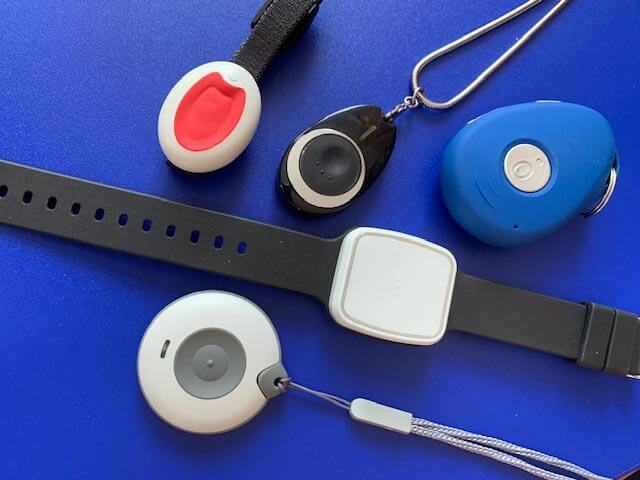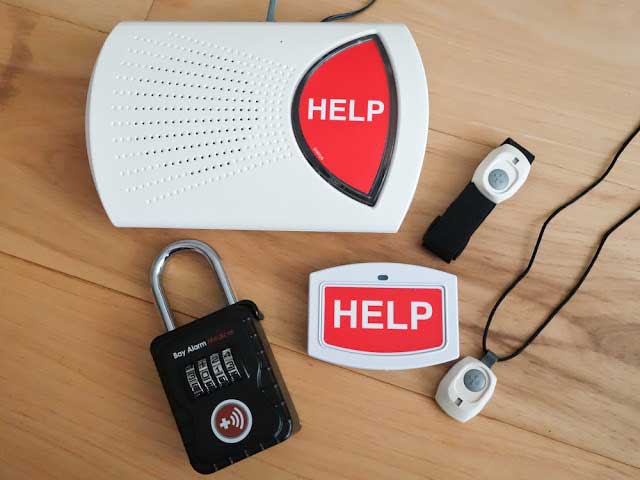A Personal Emergency Reaction System is defined as an electronic tool created to summon assistance in an emergency situation. If you are elderly or handicapped, you might be taking into consideration a life alert system for yourself, or you may have someone you care about that can use one. This overview has been prepared to help you choose what the very best remedies are for you or your like one. There are 2 different sorts of Medical Alert PERS systems readily available currently, monitored and also non-monitored.
Just How a Personal Emergency Response System functions (Checked PERS) First, allow learn just how a checked PERS system functions:
A monitored PERS system has 3 standard parts:
1. A tiny radio transmitter (a help button brought or put on by the individual).
2. A console connected to the telephone line.
3. An emergency situation reaction facility to obtain the call for assistance.
When an emergency situation emerges, the PERS user presses the button on the transmitter. The signal is sent out wirelessly to the console, which then sends out an electronic signal over the telephone line to a unique receiver at the tracking action center. When they receive the signal, with many systems (however not all), the operator at the action facility can open up the telephone line and also talk with the customer through a speaker-phone developed into the console, to confirm what kind of help is needed.
If they can not communicate with the client, the normal procedures have the feedback center calling everyone noted as caretakers, one by one, up until they can notify someone of the problem. If they can reach no one, they will call the proper emergency situation responders.

Some units are not set up for two-way voice, and also simply send a signal to the reaction center. They would then speak to caregivers and/or 911, depending on how the account is established. You can typically choose just how they established the account, as far as who is called, as well as in what order. While the typical PERS system is designed generally for calling for medical aid, a lot of systems have optional devices that can be installed to increase the functions of the systems to include fire and also break-in, providing a full life-safety option.
( Note: A lot of states need that if the signal comes in as an Emergency alarm, the feedback facility is needed to call the proper Fire Department first, and after that attempt to reach the client and/or caregivers.).
Just how it works (Non-Monitored PERS).
A non-monitored PERS system has 2 standard elements:
1. A little radio transmitter with a built-in speaker-phone (carried or worn by the user).
2. A console linked to the telephone line.
In an emergency situation, the PERS user presses the switch on the transmitter. The signal is sent out wirelessly to the console, which after that dials directly to 911 Services, and also the user can chat directly to the 911 operator with the speaker-phone in the necklace, just like with a cordless phone. This allows you to communicate with the operator from anywhere around your residence, even while functioning outside in your yard. They typically have a series of 500-600 feet in what they call a “line of the website”, and also are usually delivered straight to you for a self-installation. This means to plug in the power and phone line, as well as it’s ready to go.




